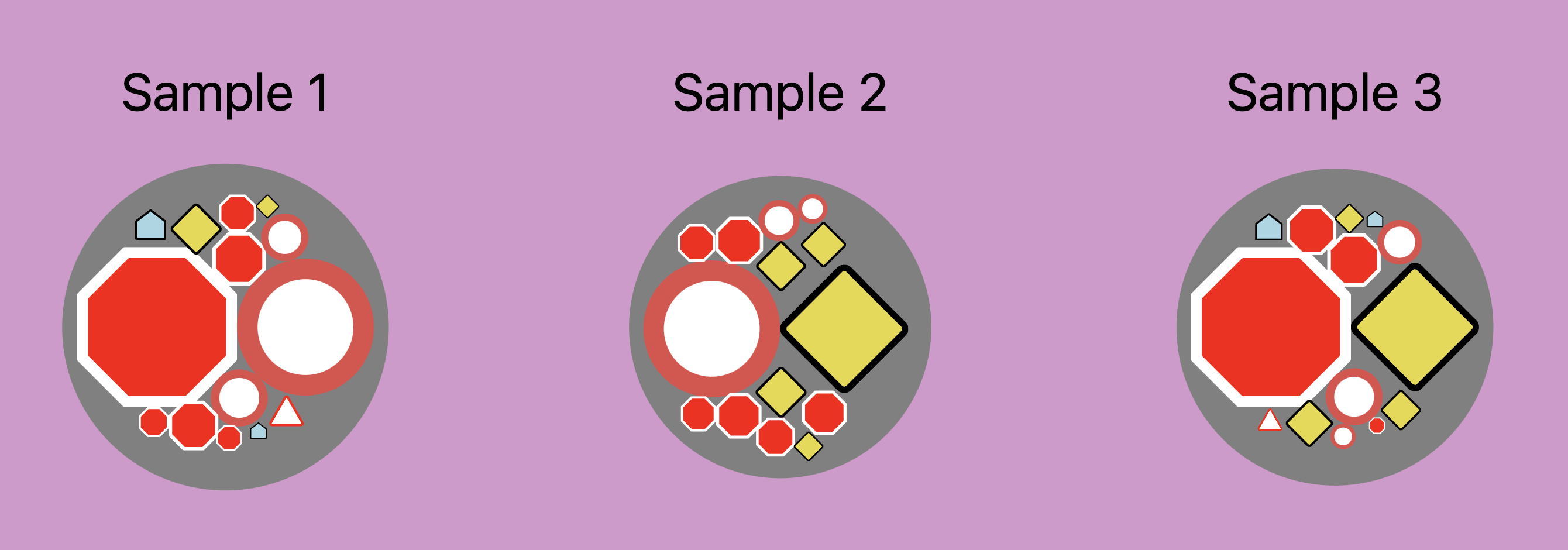Decision Trees
The unreasonable power of nested decision rules.
Let's Build a Decision Tree
Let's pretend we're farmers with a new plot of land. Given only the
Diameter and Height of a tree trunk, we must determine if it's an
Apple, Cherry, or Oak tree.
To do this, we'll use a Decision Tree.
Start Splitting
Almost every tree with a
Diameter ≥ 0.45 is an Oak tree! We can assume,
that any other tree in that region
will also be one.
This first
decision node will act as our
root node. We'll draw a vertical line at
this Diameter and classify everything above it as Oak (our first
leaf node), and continue to partition our
remaining data on the left.
Split Some More
We continue along, hoping to split our plot of land. Creating a new
decision node at
Height ≤ 4.88 leads to a nice section
of Cherry trees, so we partition our data there.
Our Decision Tree updates accordingly, adding a new
leaf node for Cherry.
And Some More
We are now left with many
Apple and some Cherry trees.
No problem: we'll partition to separate the Apple trees a bit better.
Once again, our Decision Tree updates accordingly.
And Yet Some More
The remaining region just needs a further horizontal division and
boom - our job is done! We've obtained an optimal set of nested
decisions.
That said, some regions still enclose a few misclassified points.
Should we continue splitting, partitioning into smaller sections?
Hmm...
Don't Go Too Deep!
Going deep will complicate our tree by learning from the noise resulting in overfiting.
Does this ring familiar?
It is the well known The
Bias Variance Tradeoff,
so we'll stop here.
We're done! We can pass new data
to classify them as either an Apple, Cherry, or Oak
tree!
 Welcome to Decision Tree
101
Welcome to Decision Tree
101


